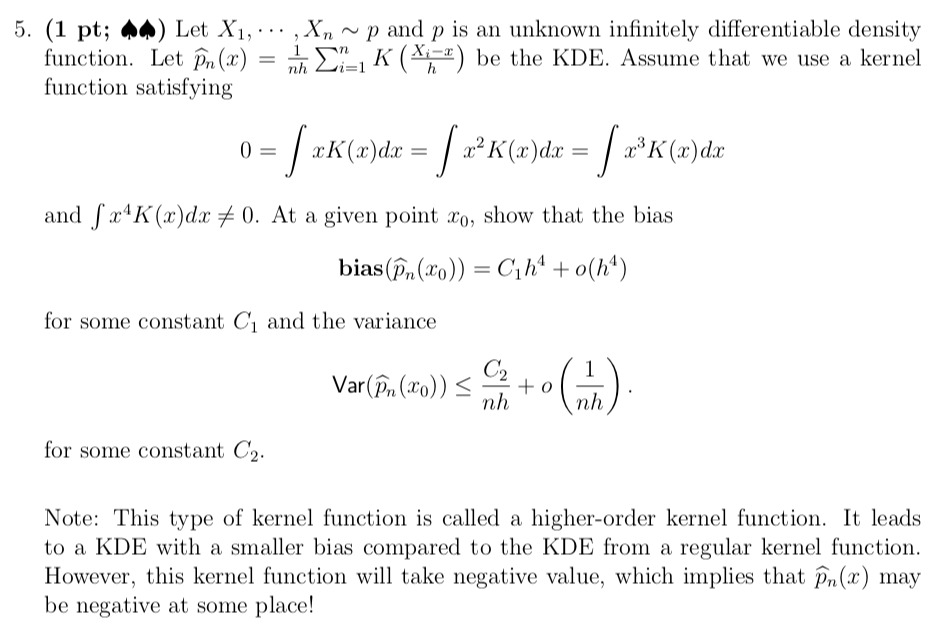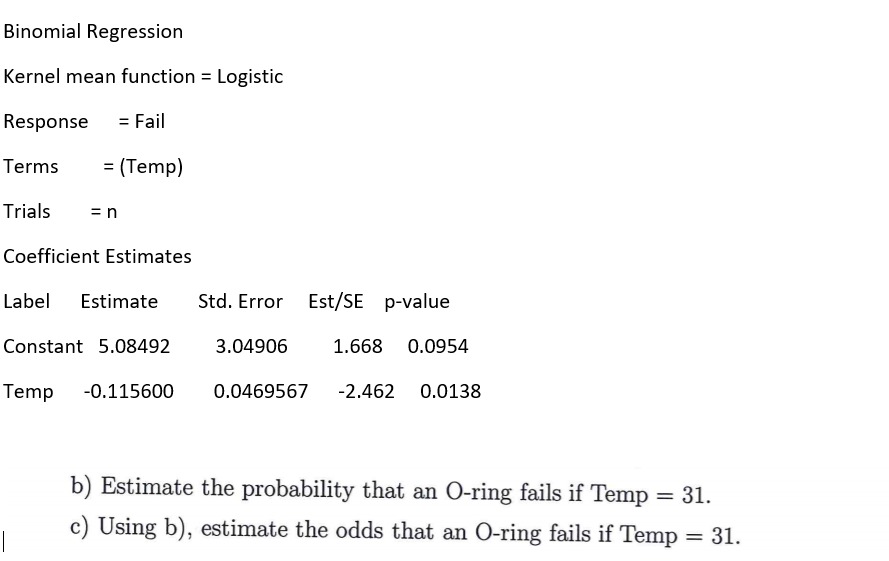Question
Polygraphs that are used in criminal investigations are supposed to indicate whether a person is lying or telling the truth. However the procedure is not
Polygraphs that are used in criminal investigations are supposed to indicate whether a person is lying or telling the truth. However the procedure
is not infallible, as is illustrated by the following example. An experienced
polygraph examiner was asked to make an overall judgment for each of a
total 280 records, of which 140 were from guilty suspects and 140 from innocent suspects. The results are listed in Table 26.2. We view each judgment
as a problem of hypothesis testing, with the null hypothesis corresponding to
"suspect is innocent" and the alternative hypothesis to "suspect is guilty."
Estimate the probabilities of a type I error and a type II error that apply to
this polygraph method on the basis of Table 26.2.
26.2 Consider the testing problem in Exercise 25.11. Compute the probability
of committing a type II error if the true value of is 1.
26.3 One generates a number x from a uniform distribution on the interval
[0, ?]. One decides to test H0 : ? = 2 against H1 : ? = 2 by rejecting H0 if
x ? 0.1 or x ? 1.9.
a. Compute the probability of committing a type I error.
b. Compute the probability of committing a type II error if the true value
of ? is 2.5
Recall Exercises 23.5 and 24.8 about the 1500 m speed-skating results
in the 2002 Winter Olympic Games. The number of races won by skaters
starting in the outer lane is modeled by a random variable X with a Bin(23, p)
distribution. The question of whether there is an outer lane advantage was
investigated in Exercise 24.8 by means of constructing confidence intervals
using the normal approximation. In this exercise we examine this question by
testing the null hypothesis H0 : p = 1/2 against H1 : p > 1/2 using X as the
test statistic. The distribution of X under H0 is given in Table 26.3. Out of
23 completed races, 15 were won by skaters starting in the outer lane.
a. Compute the p-value corresponding to x = 15 and report your conclusion
if we perform the test at level 0.05. Does your conclusion agree with the
confidence interval you found for p in Exercise 24.8b?
b. Determine the critical region corresponding to significance level ? = 0.05.
c. Compute the probability of committing a type I error if we base our
decision rule on the critical region determined in b.



Step by Step Solution
There are 3 Steps involved in it
Step: 1

Get Instant Access to Expert-Tailored Solutions
See step-by-step solutions with expert insights and AI powered tools for academic success
Step: 2

Step: 3

Ace Your Homework with AI
Get the answers you need in no time with our AI-driven, step-by-step assistance
Get Started


